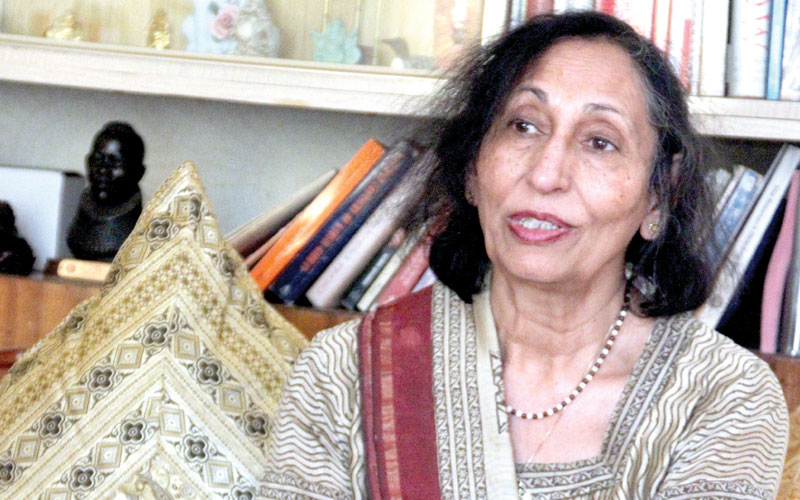For others, natural, herb-based antibiotics are preferred solution

With the increasing concerns over antimicrobial resistance and the dangers it brings, people are looking for alternative medicinal options, one of which is Ayurveda medicine.
“The treatment is herb-based and medicine is extracted from plants, roots, bark, leaves, fruits, seeds and sometimes minerals such as gold, silver and pearls,” Dr Sudesh Walia of Ayurveda Kenya said.
We caught up with her just as one of her patients was leaving after the numbness in her fingers went away and the swelling in her feet died down.
“These are some of the things we treat and the method of Ayurveda is non-invasive. We just work on the skin and recommend medicine,” she pointed out.
Dr Walia says it is important for one to understand the fundamentals of Ayurveda and western medicine are totally different. “Both systems have their strength and weakness; Ayurveda medicines are natural, so if used properly will not cause any side effects,” she explains.
They are also not addictive. “While Ayurveda herbal medicines are safe for long term use, contemporary medicine is not; they are used for treating symptoms.
Ayurveda medicines and treatments focus on treating the root cause, and this is something we take pride in,” she beamed.
The ancient form of medicine is somewhat taking root now but has been practised for more than 5000 years. “It prevents certain mostly lifestyle-related disease such as diabetes, hypertension and arthritis if people start therapies at ages 35-40,” she explains.
The ancient skill is also curative and rejuvenating in nature. “Almost all diseases can be treated effectively from their root causes, with the help of Panchakarma,” Dr Walia says. Panchakarma is a process used to clean the body of toxic materials left by poor nutrition, disease and environmental toxins. Its objective is to achieve health, which is a state of equilibrium of normal functions of body, mind and soul.
“Otherwise, the distortion of the equilibrium results into diseases. Erratic lifestyle is believed to be one of the basic causes behind the failure of the mechanism of maintaining equilibrium,” she explains.
She adds: “Basically, health is portrayed by desire for nourishing food, comfortable assimilation of the food eaten, comfortable passing of urine and faeces, lightness of body after eating, very favourable sensory capabilities, easy and sound sleep, easy awakening, a good source of energy, strength and endurance, good complexion and a positive and cheerful spirit”.
Diagnostic procedures in Ayurveda are two-pronged; one is aimed to establish the state and type of pathology and second to decide the mode of treatment to be applied.
“If someone is looking for a quick fix, sometimes it does not work, especially when the imbalance and the accumulation of toxins had been there for a long time,” Dr Walia cautioned.










